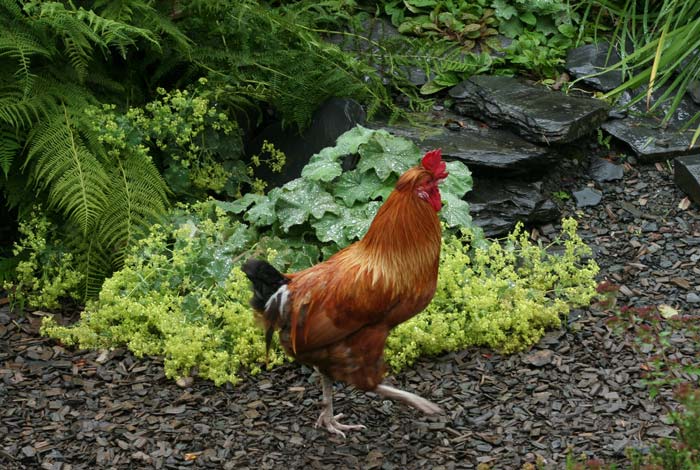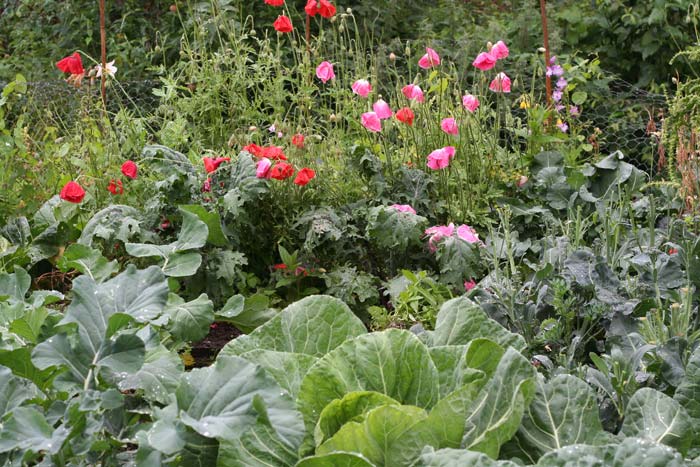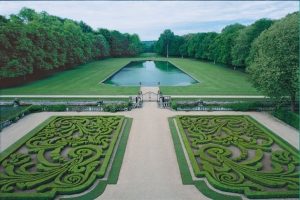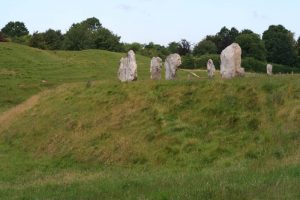my first post for gardenvisit, so i thought i’d pose a question thats been on my mind for a while. also it ties in neatly with Toms post below.
Is there too much public art in the landscape? reports say that there has been a massive boom in public art commisions in the UK over recent years, and I’ve applied for a few of them myself! so I’m playing devils advocate here, or being a hypocrite, whatever way you want to look at it.
all the same, it seems you can’t go anywhere now without there being some sanctioned artwork there to explain the place to you – telling you what you should be thinking and explaining how you should be feeling. isnt there room any more for ambiguity, or an individual respone. can’t a place just be a place?
the adlesburgh scallop (pictured) makes a good case study. a source of recent controversy, its detractors say there is nothing wrong with the artwork itself, but its location was beautiful..more beautiful without it. it is an unnecessary detraction.
the artist says that they dont understand the work – that it was created especially for that location. the insinuation is that as an artist, her response is more valid than everyone elses. more valid than the place itself which should serve as a setting for her work.
the council say it works because it has attracted more visitors to the site. nature on its own is boring, and hard to sell. who wants to be left with only their surroundings and their own thoughts? best to give them the ‘proper interpretation’ so they can get their thoughts in order. and this i think now is the real role of public art – an exercise in branding and marketing, a logo for the landscape






